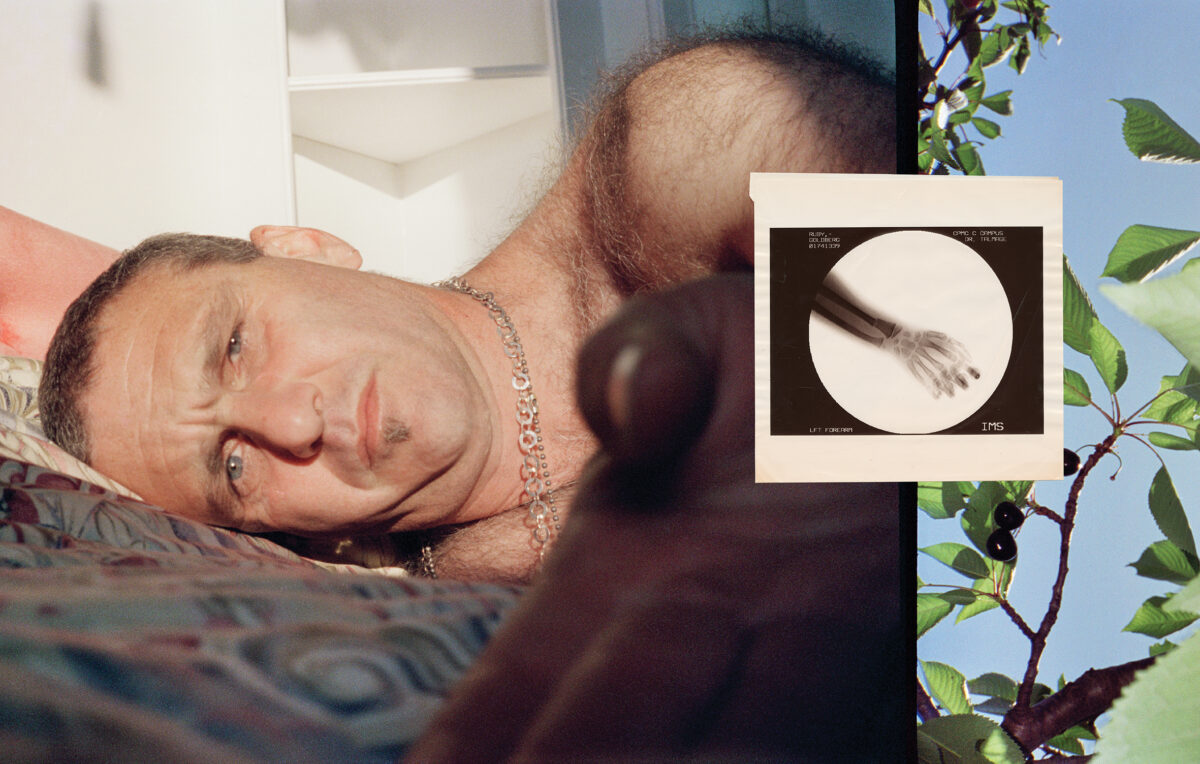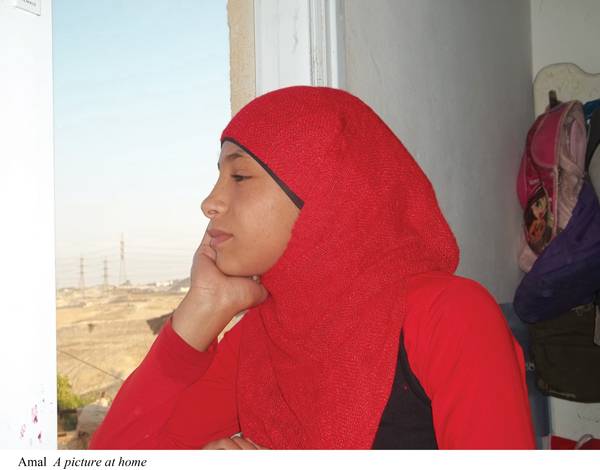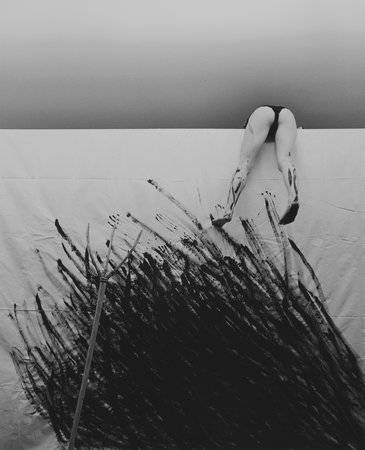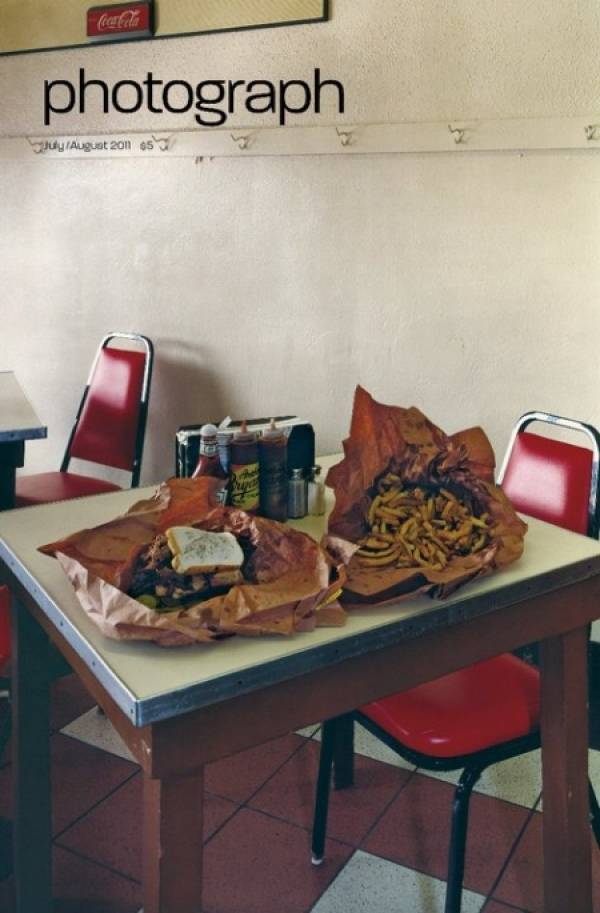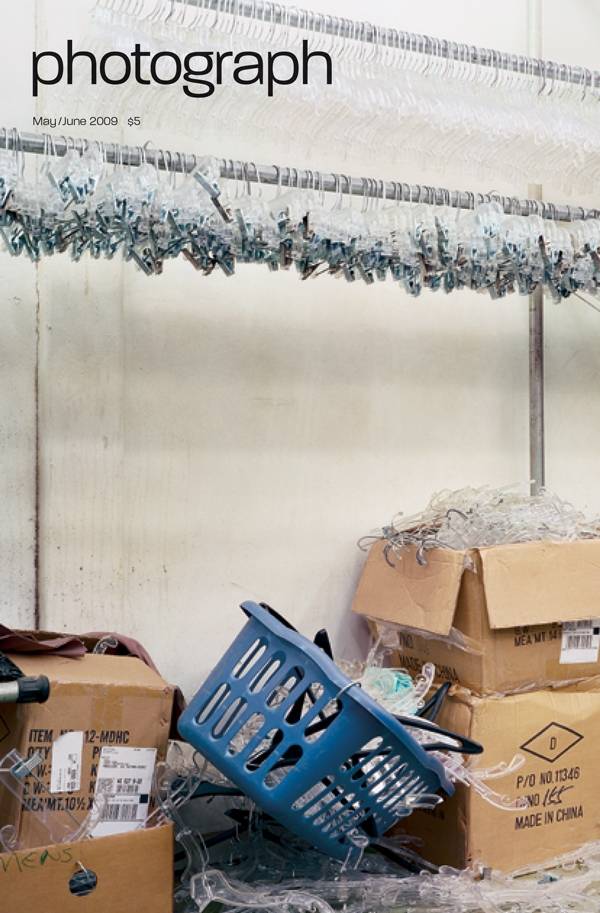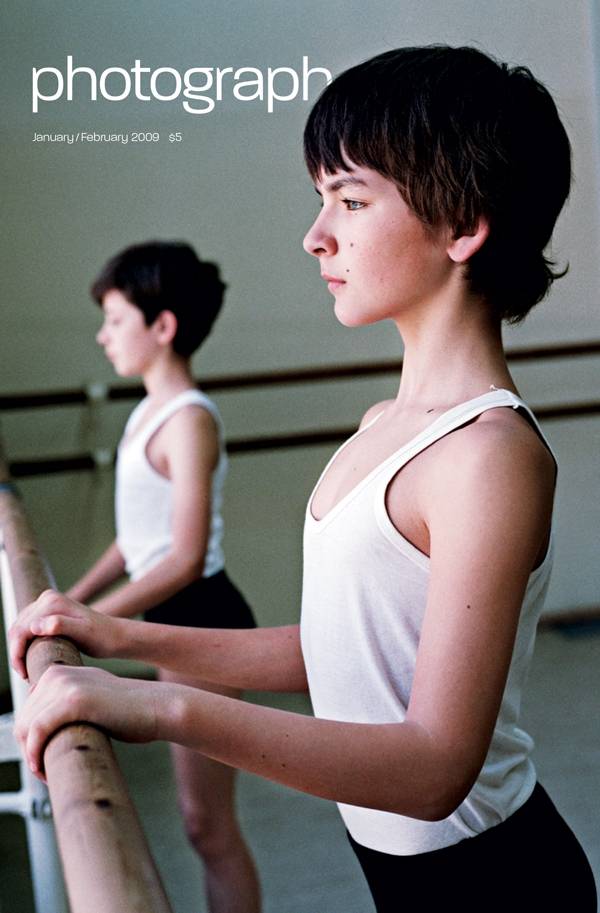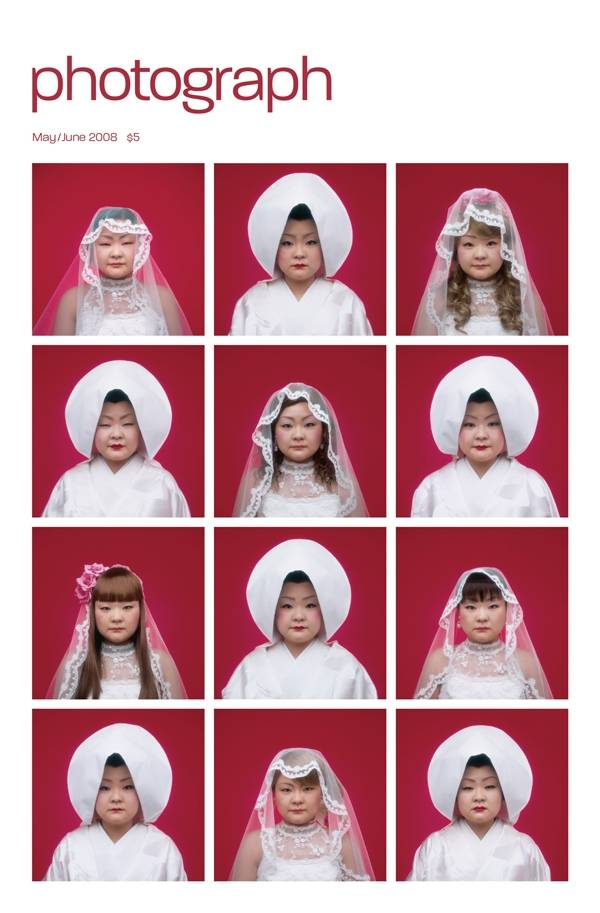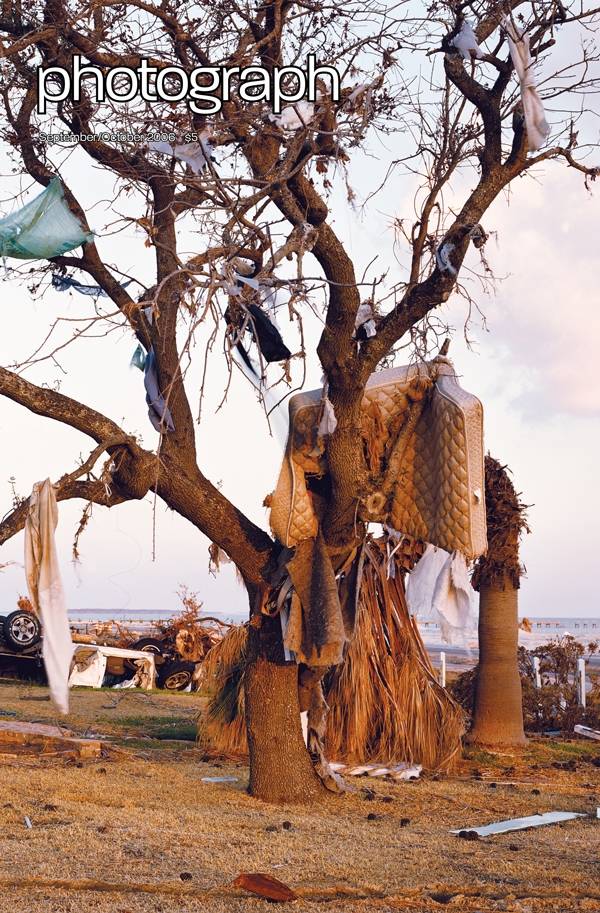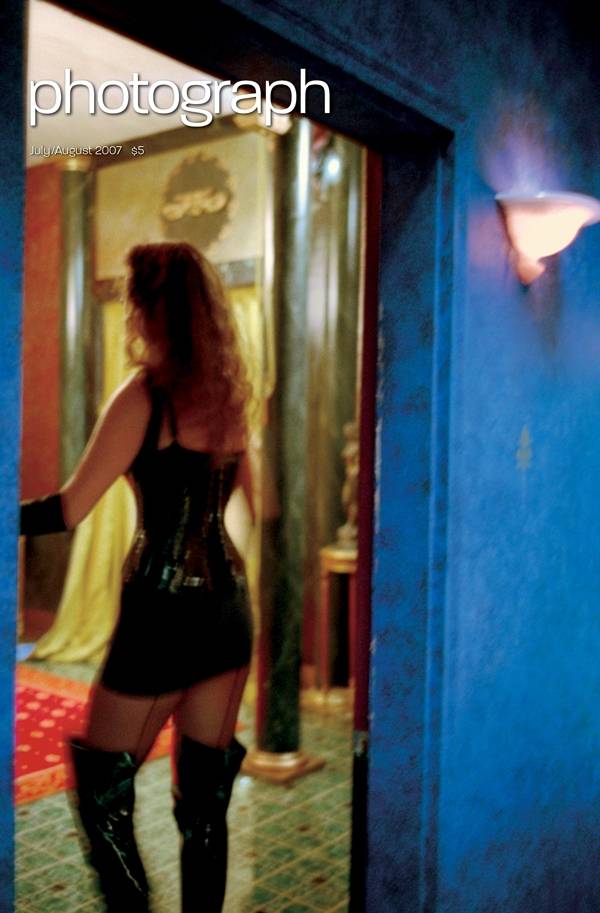The cat, as they say, is out of the bag. The fringe techniques, the process manipulations, the variety of interventions between the capture of light and the final output, the vulnerability and frangibility of every step in the production of an image are now seen to be intrinsic to the definition of photography. And abstraction—defined here as a deliberate shift away from photography’s denotative role—appears as a continuous option for the medium, to be exploited for a host of historically determined reasons. All this is another way of saying that photography is not simply a technology but a malleable means of satisfying the desire for images. Indeed, it allows us to explore that desire in profound and astonishing ways. In part, we can thank the digital revolution for enabling us to see photography with new eyes, and to appreciate the artists who long ago understood that “pure photography” was a myth, just another story about what some people wanted. Josef Breitenbach (1896-1984) is the latest example of an artist made newly visible because we are at last able to want what he shows us. Tom Gitterman, who has championed Breitenbach’s work and provides a generous selection from the Breitenbach Charitable Foundation (September 10-November 2), puts it this way: “We are going through a period where artists are pushing the boundaries of what is acceptable in a photograph. Breitenbach promotes the idea that the photographic artist can do as he wishes and the works can be appreciated as expressive objects.” Our cover image makes the case forcefully. Composed in 1949, seven years after the Munich-born Breitenbach had emigrated to the United States to escape the Nazis, the composite object hovers between media. It is part photogram, part painting (with chemical emulsion), bearing a hint of photographic reference but open to a wide range of psychic associations. If this sounds a bit like surrealism, it’s no accident. Like so many Europeans, Breitenbach never believed photography lay outside the other arts, and he freely adopted the perspectives of friends like surrealist painter Max Ernst. Some of the most striking works in the current show look as though they could have come from the easel of Ernst or Jean Arp. Almost as soon as he arrived in the United States, Breitenbach was invited to teach at America’s great mixed-media educational experiment, Black Mountain College. But Breitenbach never believed that his experimental approaches canceled more traditional uses of the camera. Some of his early work in the United States was published in Fortunemagazine by Walker Evans, and his busy career as a portrait photographer included sittings with Bertolt Brecht, James Joyce and Wassily Kandinsky. Late in his career, he traveled through Asia documenting relief programs for the United Nations. Photography was not either/or but both/and, a means of recording reality but also, equally, of making visible things unseen, what his friend Max Ernst once called “unpeopled dreams.”
Categories



